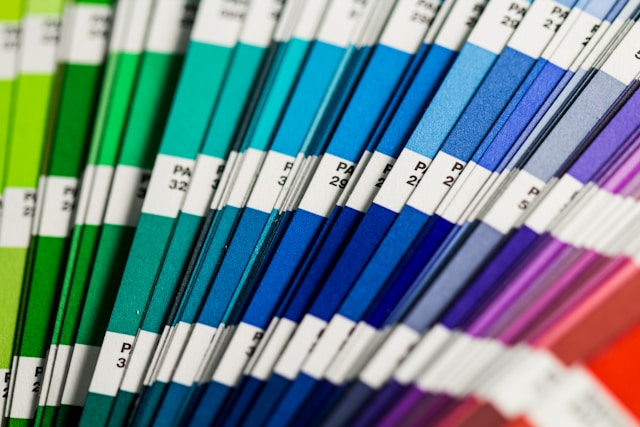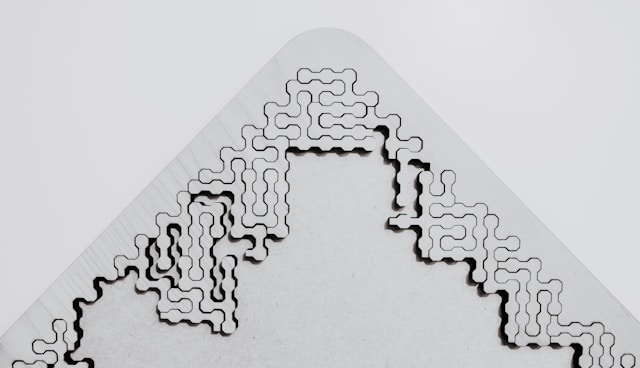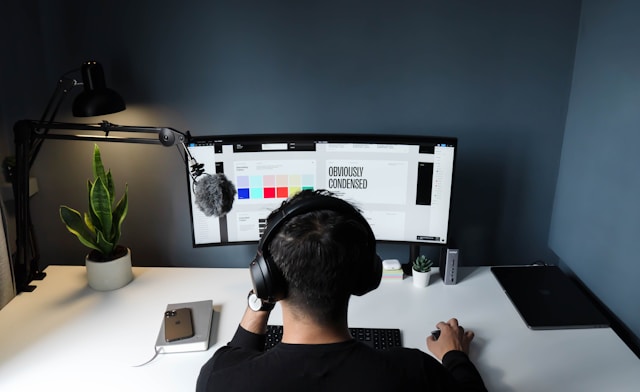10 Design Tips for Creating Eye-Catching Flipbooks
In the ever-evolving world of digital publishing, the humble flipbook has emerged as a powerful tool to engage audiences and showcase content in a visually captivating way. As businesses and content creators strive to cut through the digital clutter, crafting eye-catching flipbooks has become a crucial part of their marketing and communication strategies.
To help you create flipbooks that truly stand out, we’ve compiled 10 essential design tips:
Embrace Minimalism:
Less is often more when it comes to flipbook design. Select clean, uncluttered layouts that allow your content to shine. Carefully consider the placement of text, images, and other elements to create a balanced and visually appealing design.
Leverage Vibrant Colors:
Color has the power to evoke emotions and grab attention. Choose a bold, eye-catching color palette that complements your brand identity and enhances the overall aesthetic of your flipbook.

Incorporate Engaging Visuals:
High-quality, visually-striking imagery is a must-have for any flipbook. Invest in professional photos, illustrations, or graphics that seamlessly integrate with your content and captivate your audience.

Experiment with Typography:
Typography can make or break the readability and overall visual appeal of your flipbook. Pair complementary font styles, sizes, and weights to create a harmonious typographic hierarchy that guides the reader’s eye through your content.

Utilize White Space:
Don’t be afraid to embrace negative space. Strategically placed white space can help declutter your design, draw focus to key elements, and enhance the overall reading experience.

Implement Consistent Branding:
Ensure that your flipbook design aligns with your brand’s visual identity. Incorporate recognizable brand elements, such as logos, color schemes, and design motifs, to reinforce your brand’s presence and create a cohesive user experience.

Optimize for Responsiveness:
In today’s mobile-centric world, it’s crucial to design your flipbooks with responsiveness in mind. Ensure that your content and layout adapt seamlessly across different devices and screen sizes, providing an optimal viewing experience for your audience.

Leverage Interactive Elements:
Enhance the interactivity of your flipbooks by incorporating features like hotspots, embedded videos, clickable links, and gamification elements. These interactive touches can significantly improve engagement and keep your readers captivated.

Consider Intuitive Navigation:
Prioritize intuitive navigation to help your readers easily navigate through your flipbook’s content. Implement clear page-turning controls, bookmarking capabilities, and table of contents for a seamless user experience.

Continuously Iterate and Optimize:
Don’t be afraid to experiment and iterate on your flipbook designs. Closely monitor user feedback, track engagement metrics, and make adjustments to continuously improve the visual appeal and effectiveness of your flipbooks.

By following these 10 design tips, you’ll be well on your way to creating eye-catching flipbooks that captivate your audience, strengthen your brand, and elevate your digital publishing efforts. For a powerful and comprehensive flipbook creation tool, consider Fliplify, which offers a range of intuitive features to help you bring your digital content to life.


